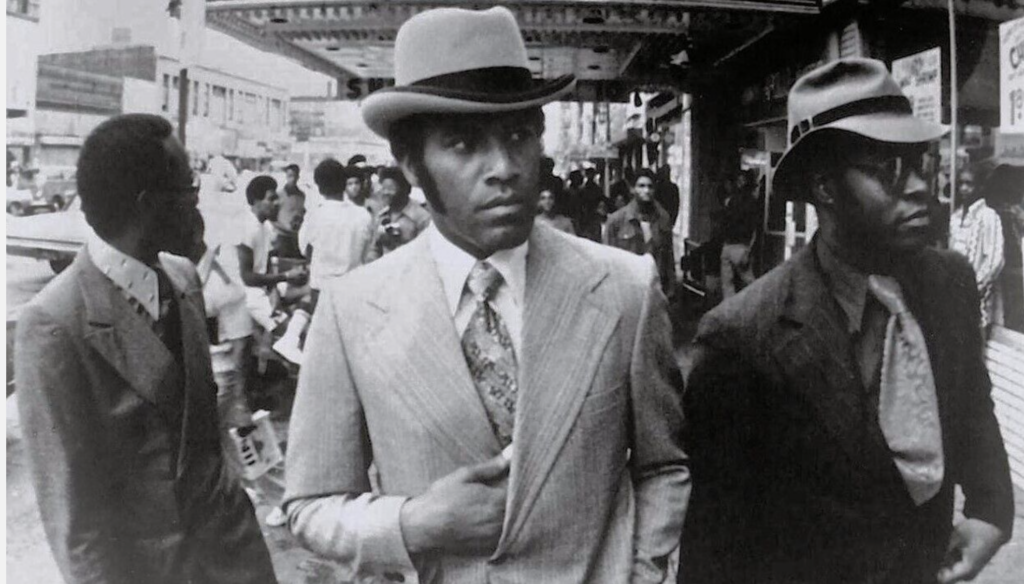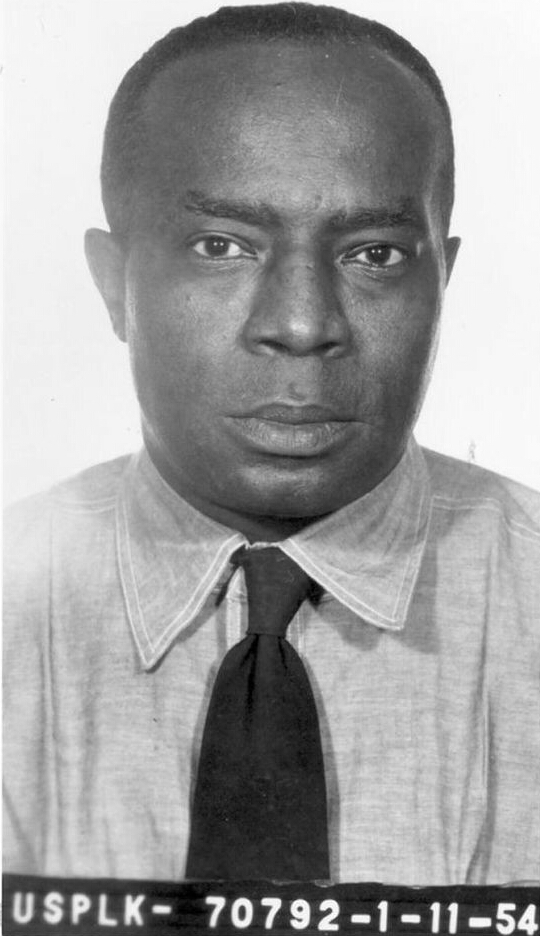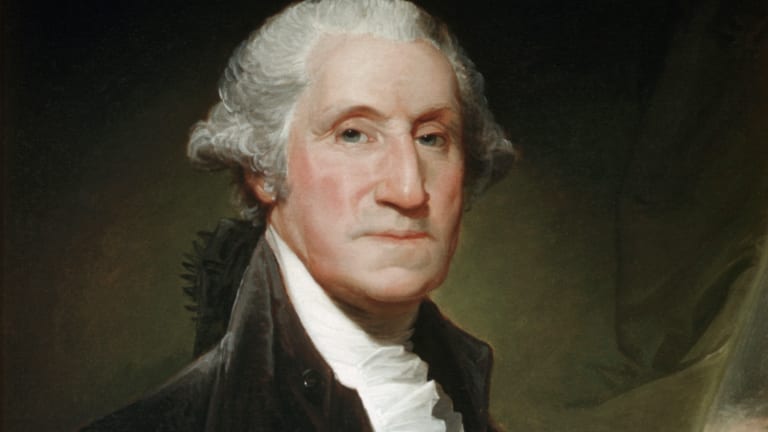It was rare for Black people to rise to power during the time of segregation. But against all odds, Bumpy Johnson somehow managed to do so.
Between the 1950s and the 1960s, he was the most powerful man in the Harlem neighborhood of New York City. Though he was arrested dozens of times, Bumpy always found himself back on the streets.
Let’s talk about the life of the Godfather of Harlem.

Who Was Bumpy Johnson?
Bumpy Johnson was born Ellsworth Raymond Johnson on October 31, 1905, to Margaret Moultrie and William Johnson in Charleston, South Carolina. He was one of seven children. The nickname Bumpy came about because his skull had a slight deformation. The nickname stuck.
Charleston was among the few places where Black people felt at home. But that isn’t saying much for the African-American community in the early 1900s.
When Bumpy was just 10 years old, his brother William was accused of killing a white man. Fearing that William would be lynched, like many of the Black people accused of crimes against white people (most of which were fraudulent accusations), Margaret and William moved to Harlem with most of their children.
Many African Americans moved to Harlem during the 20th century Great Migration. Some 175,000 Black people reportedly moved to Harlem, which made it home to the largest concentration of African Americans in the world. In Harlem, Bumpy lived with his sister.
The Johnsons may have been surrounded by people who looked like them, but Bumpy was still different. He had a bumpy head and a thick Southern accent. It didn’t help that he was short as well. Hence, local children made fun of Bumpy.
However, Bumpy didn’t take anything on the chin. He fought back. He quickly developed a reputation for being a tough kid who shouldn’t be messed with. That fearsome persona would help him earn a living in the criminal underworld.
A Life of Hustle
Bumpy didn’t immediately dive into a world of crime.
He started doing minor and honest jobs selling newspapers and cleaning storefronts. These honest jobs introduced him to new friends who were members of gangs. Bumpy then started hustling money by playing pool.
While cleaning storefronts, Bumpy met William “Bub” Hewlett, a gangster known in the community for beating people up if they crossed a mob boss. Bumpy and Hewlett eventually had an altercation over a storefront territory. Hewlett liked that Bumpy didn’t back down despite the former’s already-established reputation in Harlem.
Hewlett formally invited Bumpy to join his business of protecting high-profile mobster bosses. In time, Bumpy became one of the most sought-after bodyguards in Harlem. But protection wasn’t the only hustle Bumpy had. He also did armed robberies, extortions, and pimping.
In his 20s, Bumpy’s mob career was flourishing but he was also in and out of jail. One of the charges that stuck was grand larceny for which Bumpy was sent to prison for more than two years. Back then, it was his longest prison stint. By the time he was released in 1932, he was penniless and gangless.
He then met the numbers queen, Madam Stephanie St. Clair.

Working With the Queen
She went by many names: the Queen, Queenie, Madam Queen, and Queen of the Policy Rackets. Madam St. Clair made a name for herself by controlling the numbers games in Harlem.
As her stature as a mob boss in Harlem rose, the more enemies she gained. So, St. Clair hired Bumpy to be her lieutenant. It wasn’t strictly a professional relationship as the Queen and the bodyguard became fast friends.
Bumpy protected St. Clair but also ran errands for her and was tasked as a bookmaker. Bumpy was extremely loyal. When St. Clair caught the ire of bootlegging boss Dutch Schultz, Bumpy didn’t hesitate to murder people for his boss.
As the Prohibition was about to end, Schultz was looking at expanding his illegal activities and focused his attention on the numbers racket that St. Clair dominated.
The St. Clair-Schultz rivalry was a bloody one in Harlem. At least 40 people were killed by both gangs all because the bosses refused to share control over the numbers rackets.
“Bumpy and his crew of nine waged a guerrilla war of sorts, and picking off Dutch Schultz’s men was easy since there were few other white men walking around Harlem during the day,” Bumpy’s wife Mayme Johnson wrote in her biography, Harlem Godfather: The Rap on My Husband, Ellsworth “Bumpy” Johnson. Meanwhile, Bumpy’s gang could easily blend in the Harlem neighborhood.
Three years after the rivalry, St. Clair and Bumpy’s relationship cooled down. By that time, Bumpy had become a crime boss himself and the moniker Godfather of Harlem had been thrown around.
The Birth of the Godfather of Harlem
As the Godfather of Harlem became the boss, he also had to look the part. It was quite convenient that he had an affair with writer, editor, and socialite Helen Lawrenson. The Vanity Fair editor ordered custom suits for Bumpy and bought shirts and ties from luxury brand Sulka.
The main difference between St. Clair and Bumpy was Bumpy was willing to play with other kingpins. Instead of competing with Lucky Luciano, one of the most notorious mob bosses in the U.S., Bumpy made a deal.
Luciano had already dealt with Schultz, leaving Bumpy with major control over Harlem bookmakers. To get Luciano off his tail, Bumpy agreed to give the Italian mobster a cut of his business.
Bumpy and Luciano would sometimes be seen together playing chess in public.
As Mayme wrote in her book: “It wasn’t a perfect solution, and not everyone was happy, but at the same time the people of Harlem realized Bumpy had ended the war with no further losses, and had negotiated peace with honor… And they realized that for the first time, a Black man had stood up to the white mob instead of just bowing down and going along to get along.”
Anybody who wanted to do anything in Harlem needed the approval of the Godfather. People who wanted to open bars needed Bumpy’s consent. Criminals, too, had to pay their respects to Bumpy. Anybody who tried to disrespect Bumpy would often pay the price with one’s life.
One of Bumpy’s biggest businesses was dealing heroin. While he was used to spending brief periods in prison, his heroin activities led to his longest sentence ever: 15 years at the infamous Alcatraz Federal Penitentiary starting in 1952. He was released in 1963.
Despite being behind bars, Bumpy continued to rule Harlem’s crime underworld. But by the time he got out, they were no longer the streets he once knew.
The Soft Side of Bumpy Johnson
Some people refer to Bumpy as Harlem’s Robin Hood. He may have been one of the biggest crime bosses in New York in the 1950s, but Bumpy also had a good heart, at least based on various accounts.
The Godfather was known to use his money to help poor communities. He provided his indigent Harlem neighbors with food and gifts and would often have turkey dinners delivered during Thanksgiving. His annual Christmas parties were also ones for the books.
When dealing with children and teenagers, Bumpy would always encourage them to finish their education and never turn to crime.
When he was released from Alcatraz in 1963, he was greeted with a parade. Bumpy also looked out for the welfare of Black people which was why he developed a close friendship with Malcolm X.
He even offered the human rights activist his protection but Malcolm X didn’t think it would look good if he accepted support from a known drug lord.
Bumpy also had a knack for poetry and had some of his poems published in Harlem magazines.
Straight out of prison in 1948, Bumpy went into a diner where Mayme Johnson was eating. Bumpy sat down with her and they talked about everything. Six months later, they were married. They had two kids together.
He may have lived a dangerous life but it was his health that failed him. On July 7, 1968, just after midnight, Bumpy went to dine at Wells Restaurant in Harlem. He ordered a chicken leg, some grits, and a cup of coffee.
Before Bumpy could finish his meal, he was seen clutching his heart, looking as if he were choking. Coroners ruled that his death was caused by congestive heart failure. He was 62.
Bumpy Johnson in Film and Television
The Godfather lived such an interesting life that Hollywood had to immortalize his life in many film and television projects. Here are some of the films and the actors who portrayed Bumpy:
- Moses Gunn in Shaft (1971) and Shaft’s Big Score! (1973)
- Paul Benjamin in Escape from Alcatraz (1979)
- Laurence Fishburne in The Cotton Club (1984) and Hoodlum (1997)
- Clarence Williams III in American Gangster (2007)
- Forest Whitaker in Godfather of Harlem (2019-2023)
Conclusion
In his 62 years, Bumpy Johnson had 40 arrests and was in and out of prison. He also rose from the ranks as a mere numbers runner to a crime boss ruling the criminal underworld of Harlem.
Bumpy was among the few African Americans who had power in the 1950s. While he committed a lot of crimes, he also made sure to look out for his fellow Black people in Harlem.
He had quite a bumpy ride as a young outcast with a fiery temper to a ruling mob boss who wasn’t afraid to show his softer side through poetry.

